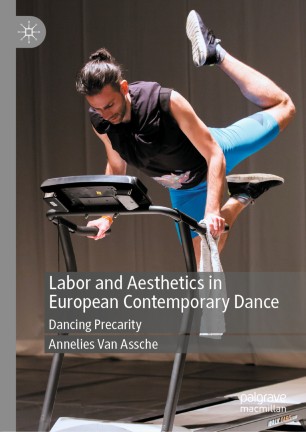

Most ebook files are in PDF format, so you can easily read them using various software such as Foxit Reader or directly on the Google Chrome browser.
Some ebook files are released by publishers in other formats such as .awz, .mobi, .epub, .fb2, etc. You may need to install specific software to read these formats on mobile/PC, such as Calibre.
Please read the tutorial at this link: https://ebookbell.com/faq
We offer FREE conversion to the popular formats you request; however, this may take some time. Therefore, right after payment, please email us, and we will try to provide the service as quickly as possible.
For some exceptional file formats or broken links (if any), please refrain from opening any disputes. Instead, email us first, and we will try to assist within a maximum of 6 hours.
EbookBell Team

4.4
92 reviewsThis transdisciplinary study scientifically reports the way the established contemporary dance sector in Europe operates from a micro-perspective. It provides a dance scholarly and sociological interpretation of its mechanisms by coupling qualitative data (interview material, observations, logbooks, and dance performances) to theoretical insights. The book uncovers the sometimes contradicting mechanisms related to the precarious project-oriented labor and art market that determine the working and living conditions of contemporary dance artists in Europe’s dance capitals Brussels and Berlin. In addition, it examines how these working and living conditions affect the work process and outcome.
From a sociological perspective, the book engages with the relevant contemporary social issue of precarity and this within the much-at-risk professional group of contemporary dance artists. In this regard, the research brings novelty within the subject area, particularly by employing a unique methodological approach. Although the research is initially set up in a specific geographical context and within a specific research population, the book offers insights into issues that affect our neoliberal society at large. The research findings show potential to make a relevant contribution with regards to precarity within dance studies and performance studies, but also labor studies and cultural sociology.